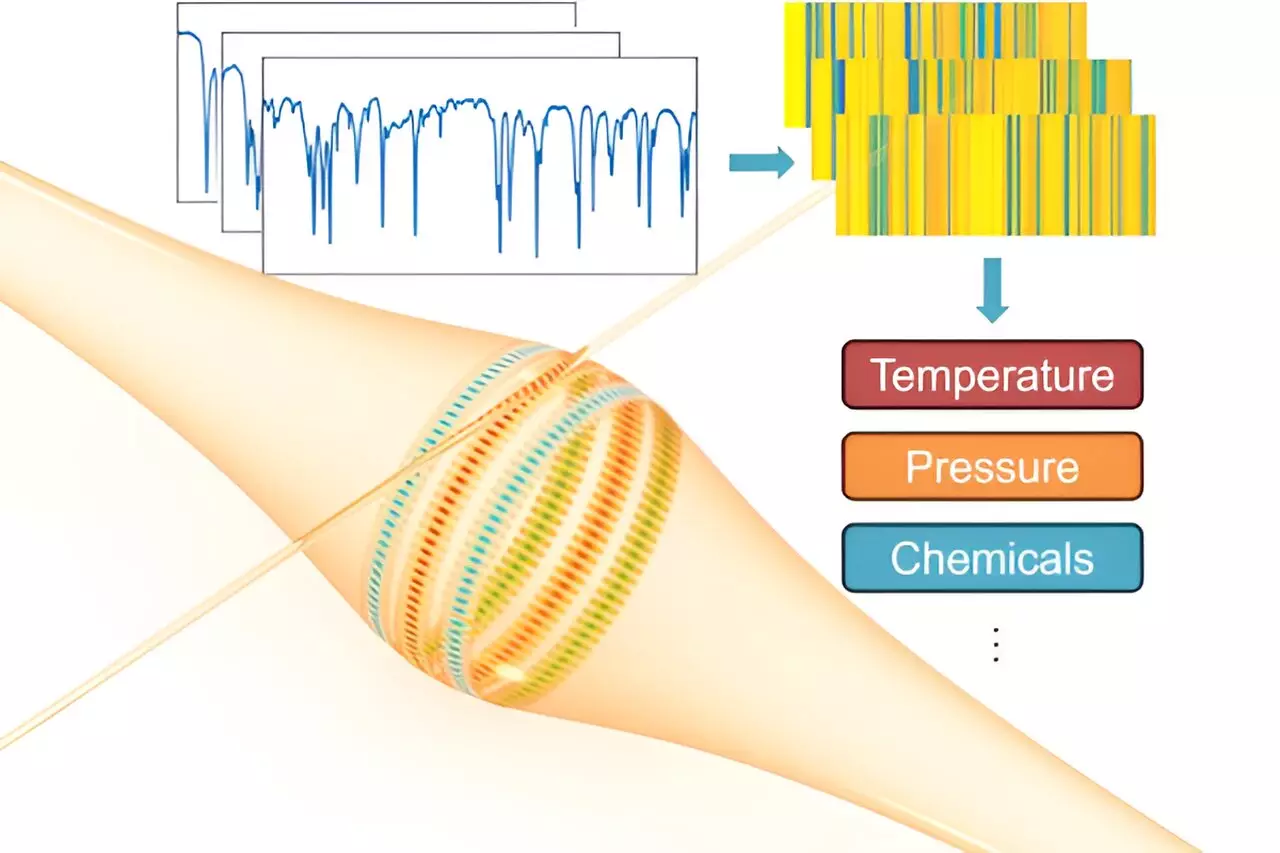Whispering-gallery-mode (WGM) resonators have been a staple in high-resolution optical sensing for decades, allowing for the detection of chemical signatures, DNA strands, and even single molecules. The unique architecture of WGM microresonators enables the confinement and concentration of light in a tiny circular path, making them ideal for applications in biomedical diagnostics and environmental monitoring. However, the widespread use of WGM resonators has been hampered by limitations such as narrow dynamic range, limited resolution, and accuracy.
In a groundbreaking study published in the journal IEEE Transactions on Instrumentation and Measurement, researchers Lan Yang and Jie Liao from Washington University in St. Louis introduce a transformative approach to overcome these limitations: optical WGM barcodes for multimode sensing. This innovative technique allows for the simultaneous monitoring of multiple resonant modes within a single WGM resonator, significantly expanding the range of measurements achievable. By considering distinctive responses from each mode, multimode sensing offers enhanced resolution, accuracy, and the ability to sense more particles.
The theoretical limit of WGM detection served as a basis for estimating the sensing capabilities of a multimode system. A comparison between conventional single-mode and multimode sensing revealed that while single-mode sensing is limited to a narrow range of about 20 picometers, multimode sensing has the potential for a limitless range using the same setup. With more resonance comes more information, as emphasized by Liao: “We derived a theoretically infinite range, though we’re practically limited by the sensing apparatus.”
Applications in Various Fields
The commercial applications of multimode WGM sensing are vast and promising. In biomedical settings, researchers could leverage the technology to detect subtle changes in molecular interactions with unprecedented sensitivity, enhancing disease diagnosis and drug discovery. Environmental monitoring could benefit from the ability to detect minute changes in parameters like temperature and pressure, enabling early warning systems for natural disasters and pollution level monitoring. Furthermore, continuous monitoring of chemical reactions opens up possibilities for real-time analysis and control in fields such as pharmaceuticals, materials science, and the food industry.
Unlocking the Full Potential
Despite the ultrahigh sensitivity of WGM resonators in detecting single particles and ions, the full potential of this technology has yet to be fully utilized. The introduction of multimode sensing paves the way for exploring the unknown and offers new avenues for research and application. By expanding the capabilities of optical WGM sensing, researchers can delve deeper into the realm of high-resolution sensing and revolutionize the way we approach scientific and technological challenges.


Leave a Reply
You must be logged in to post a comment.